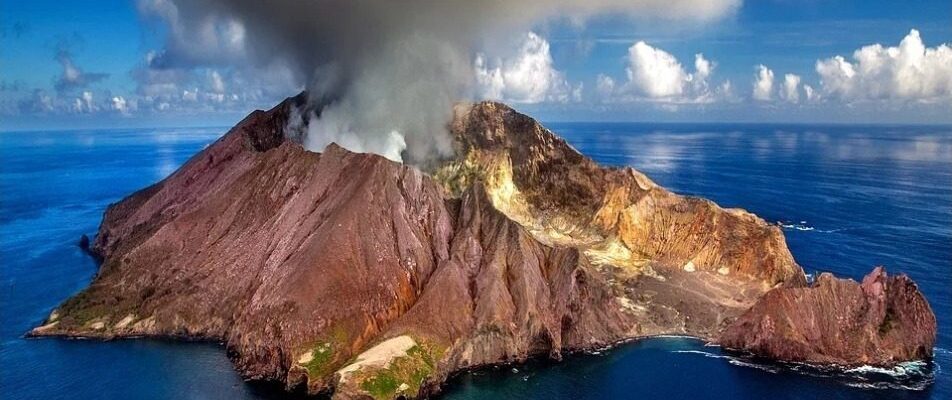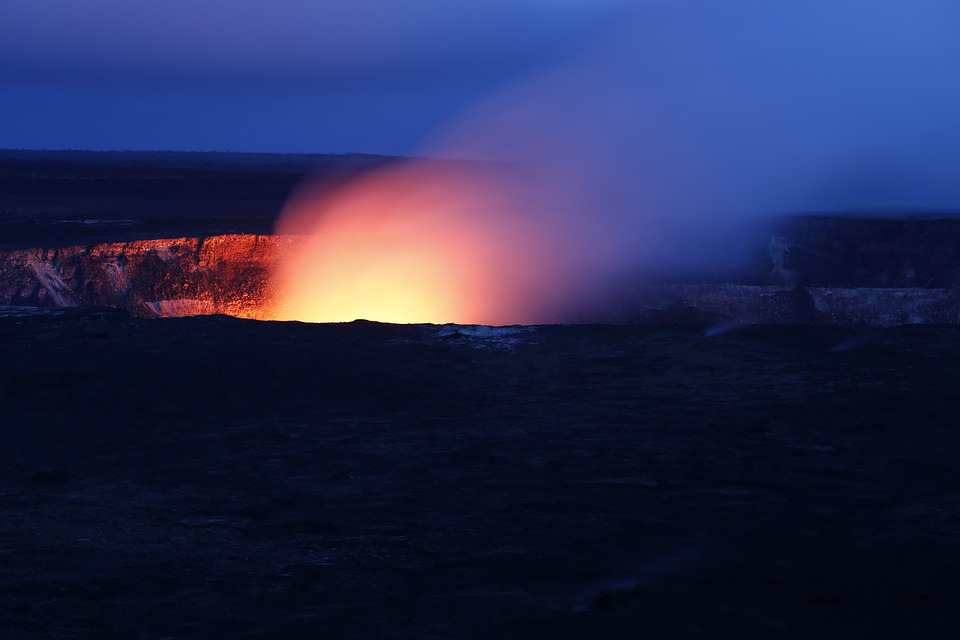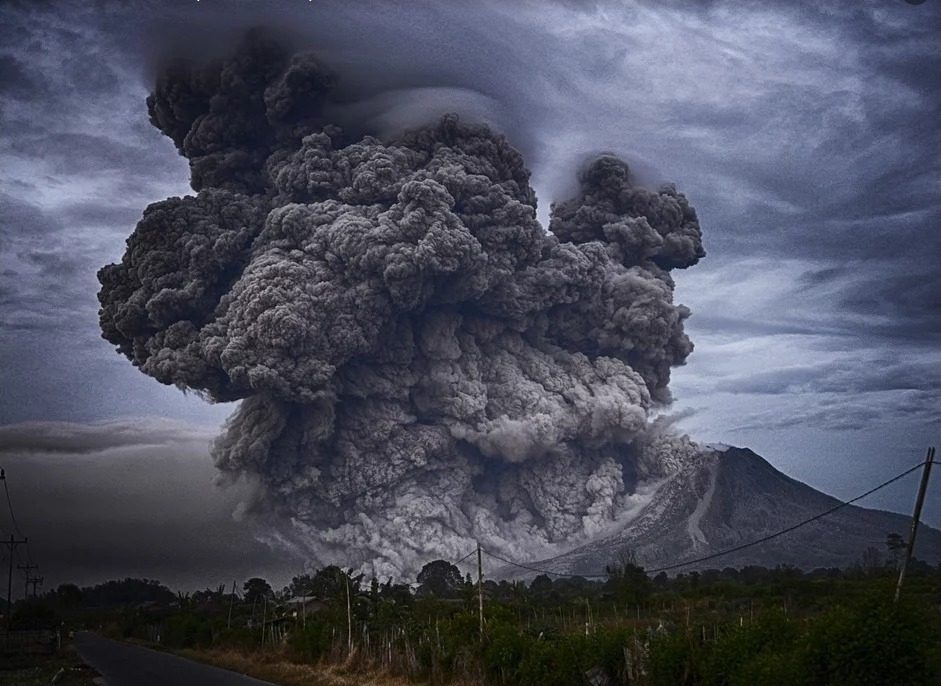Is There Technology to Prevent or Control Volcanic Eruptions?

There were proposals to use nukes to stop or weaken typhoons. With volcanic eruptions, what ideas have been floated so far? In light of the recent activity of a volcano in the Philippines, it’s interesting to know if there are technologies available at present or in the near future that can counter the destructive activity of volcanoes. Here’s a rundown of what we know so far.
Cooling Down the Hydrothermal System
A team of researchers at NASA’s Jet Propulsion Laboratory proposed the idea of drilling into Yellowstone–a geoengineering attempt on a scale never before seen. The goal of which is to prevent the accumulation of steam that can result in a massive eruption.
In NASA’s plan, an eight-kilometer-deep borehole is made into the volcano’s hydrothermal system, the massive underground body of water located around the magma chamber of Yellowstone. This hydrothermal system supplies water to geysers and springs. It also absorbs over 60% of the heat produced by the magma.

Once the borehole is in place, vast amounts of cold water is injected, cooling the hydrothermal system. The cooling effect is expected to result in the thickening and congealing of magma, which would become highly viscous that its likelihood to rise to the surface is minimized. This plan is projected to reduce the underground temperature by 35%, which can be enough to prevent an eruption from happening.
The heated water that rises back to the surface can then be used to drive turbines and produce electricity. Doing this can recover the cost of the geoengineering project.
This plan to stop a volcano would cost an estimated $3.5 billion, which isn’t really that much. It’s cheaper than many of the skyscrapers in the United States, and considerably cheaper than erecting border walls at the southern border.
Caveat: There have been no thorough studies on this scheme yet. There’s no guarantee that the expected benefits would come to fruition. Extensive research and modeling have to be undertaken to ascertain that the plan works. Also, scientists are warning against the possibility that the plan may lead to worse outcomes. In particular, boreholing into a primed volcano may even trigger the very eruption it is meant to stop.
Depressuring the Magma Chamber
An article on the website of Michigan Tech says that the depressurization of the magma chamber may be the most reasonable solution. This can be achieved by drilling into the magma chamber to enable degassing, which decreases the pressure therein. Scientists think that the escape of gases from the magma can then be controlled using methods similarly employed by hydrothermal plants. There will be a calculated release of pressure to avoid destructive consequences.
Drilling into volcanoes has already been done before. Japan pioneered it with the successful penetration into the hot conduit of an active volcano. Iceland also did a similar drilling to create an exploratory well at Krafla volcano. Scientists believe that the magma ponding zone can be reached at a depth ranging from seven to ten kilometers. There’s optimism that someday, humans will be able to tap into a magma reservoir to allow the passive release of pressure to reduce the chances of a volcano erupting.
Inducing Eruption through Explosives
Some are also proposing the use of explosives to induce an eruption. The motivation for the use of destructive power, however, is not to weaken or stop the volcano from unleashing its potential power. The goal in doing this is to direct the eruption to an area where the damage will be minimal. For example, Mt. Rainier in Washington State can be forced to erupt towards the east, avoiding areas on the west with high population density.
Under this scheme, the side of a volcano will be blasted so the pressurized magma is exposed. This is expected to trigger a lateral eruption, or the release of magma, steam, and pyroclastic materials through the side of the volcano instead of going through the crater.
Creating a premature eruption to avoid a more destructive is not being considered. Apparently, scientists don’t see the viability of such a plan. An explosion, even if it is a “premature” one, may not provide any actual benefit.

The Takeaway
Massive geoengineering could be a solution in minimizing the damage brought about by volcanic activity. Unfortunately, just like geoengineering to address climate change, none of the ideas presented above have undergone in-depth studies. Scientists need to conduct extensive research to find out if these ideas can solve problems or do the opposite. Hydrothermal system cooling, magma chamber depressurizing, and eruption induction, for now, are mere ideas based on what volcanologists and other experts have learned over the years. An actual simulation and a quantified plan have yet to be produced.
For now, there is no known and tested technology that is considered as effective enough in preventing or controlling volcanic eruption. Volcanic eruptions can be predicted and artificial intelligence can even boost the monitoring and accuracy of predictions. However, there is no technology available that can be used in dealing with the actual destructive problem.